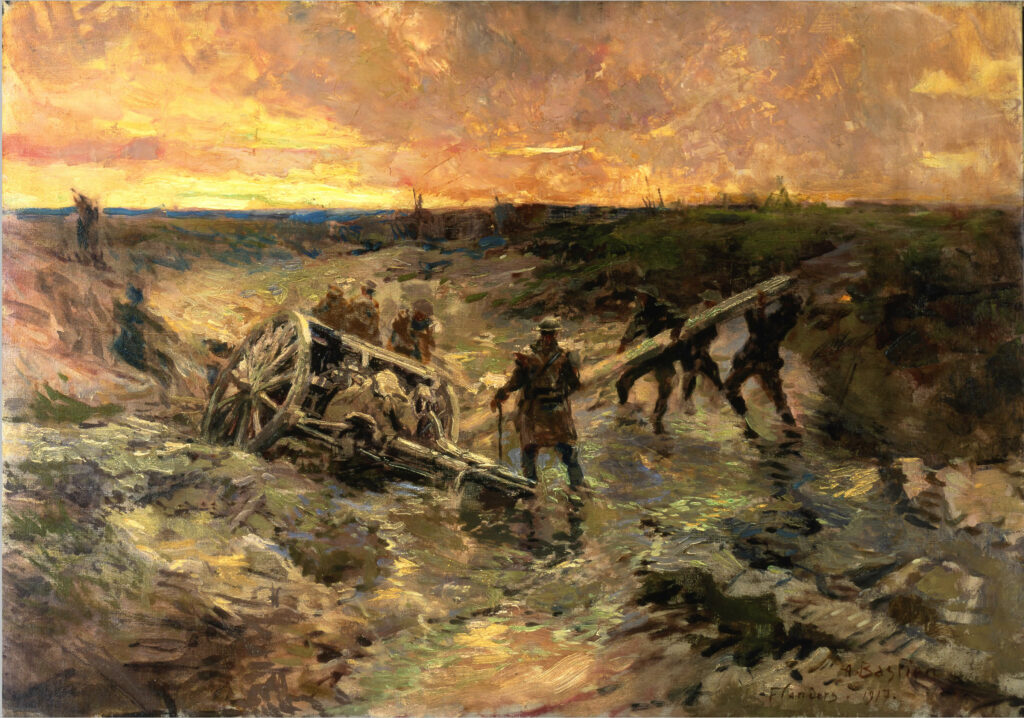Second Battle of Ypres (April 1915)
Ypres was the only significant Belgian town remaining in Allied hands, and it was here that the Canadians took part in their first major engagement. It was also at Ypres that the Germans launched the first gas attack of the war. The Canadian troops earned the reputation of being staunch and stalwart soldiers, but at the cost of some 6,000 soldiers over the course of the four day battle. Also of note, In Flanders Fields was penned by John McCrae at the Second Battle of Ypres.
For more information on the Second Battle of Ypres, visit Ypres: The Cost of Valour.
Image source: All About Canadian History
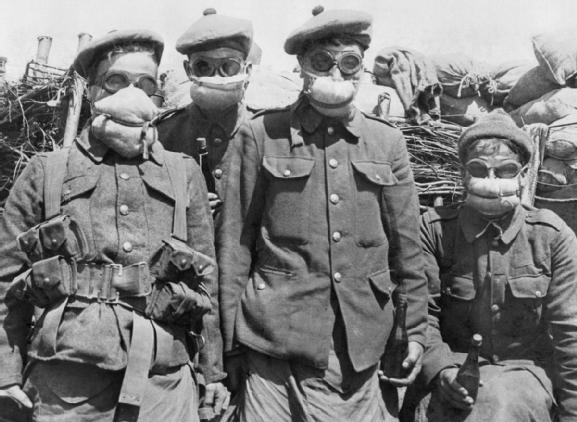
St. Eloi Craters (April 1916)
When the Canadian troops arrived to relieve the British, they found few trenches to occupy, but rather inhabited the enormous mud-filled mine craters. After two weeks under heavy enemy fire, aerial photographs revealed the unfavorable positions and the battle was halted. No progress was made in this atrocious attack where one man reported “we were walking on dead soldiers.”
Image source: Kenora Great War Project
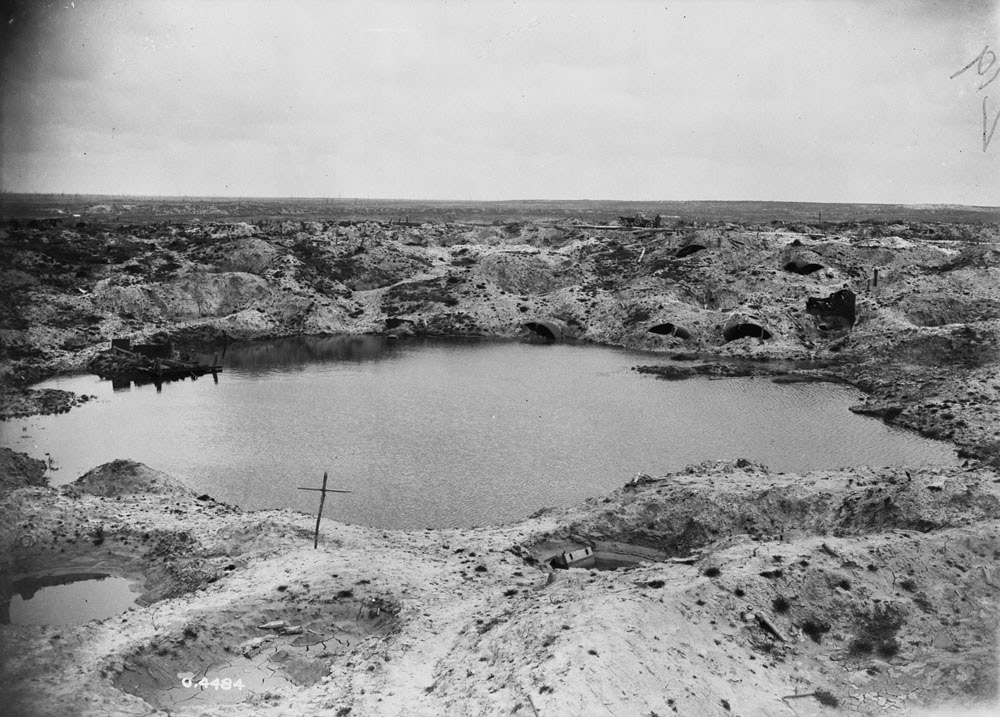
Mont Sorrel (June 1916)
In this battle, it was the Germans who attacked. Mont Sorrel was a strategic and commanding position overlooking the city of Ypres. The Canadian positions were devastated in the early days of the battle, and the Germans took over the hill. However, the Canadians were determined to gain back the ground they had lost, and with careful planning were able to do just that. The Battle of Mont Sorrel lasted almost two weeks and the Canadians suffered more than 8,000 casualties.
Image source: The Vimy Foundation
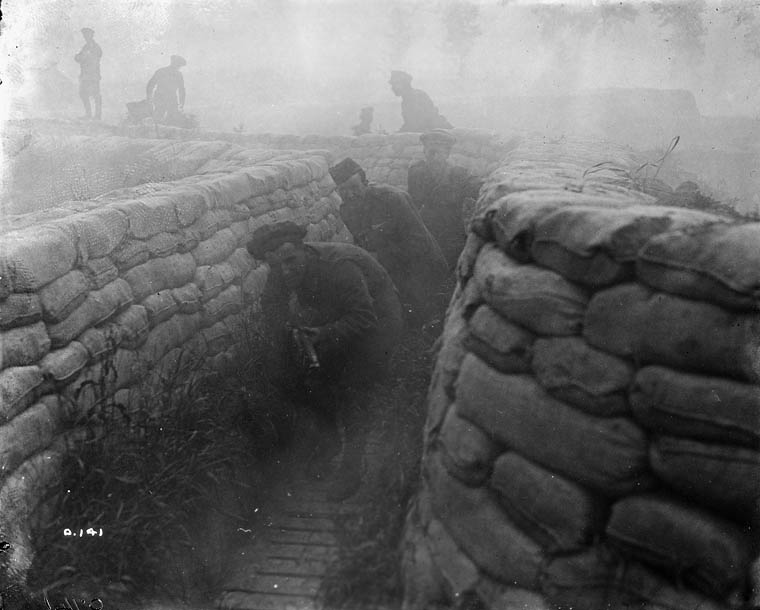
The Somme (July – November 1916)
The Somme offensive lasted five months (though the Canadians were involved only in the final three months) and consisted of many ‘smaller’ battles, including Beaumont Hamel, Courcelette, Thiepval, Ancre Heights, and Regina Trench. The offensive ended in a complete stalemate in which each side suffered over 600,000 casualties.
For more information on the South Peace region’s contribution during the Somme offensive, visit Remembering the Somme
Image source: Canadian War Museum
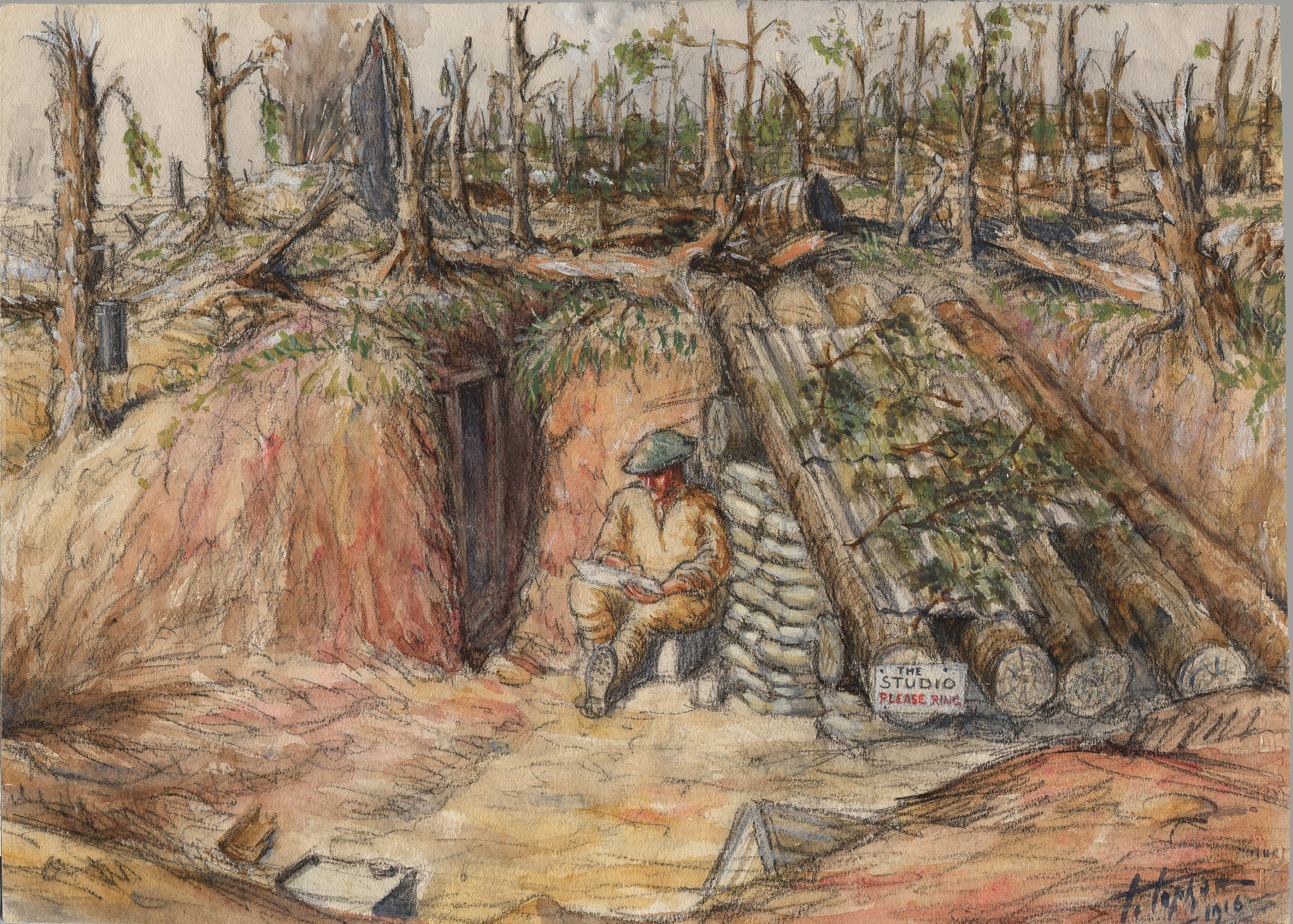
Courcelette (September 1916)
The first time tanks were used in World War I was at Courcelette, where they accompanied the Canadian troops to assist with cutting barbed wire and subduing enemy machine gun fire. Courcelette was a rare victory for the Allies at the Somme, and was captured in one day, but cost the Canadians several thousand casualties.
Image source: Canadian War Museum
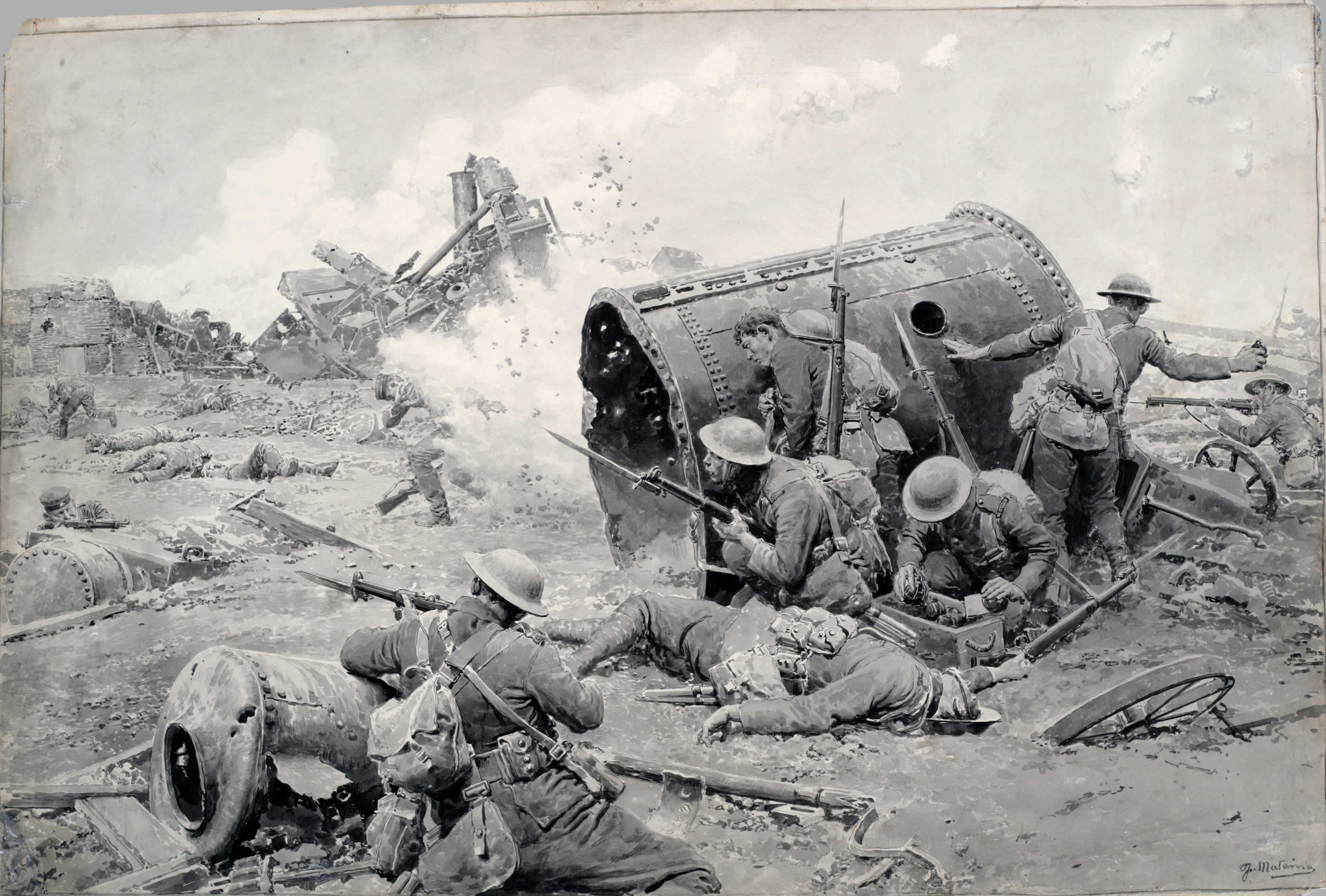
Vimy Ridge (April 1917)
The Battle of Vimy Ridge is considered to have been a turning point in Canadian history. For the first time in the Great War, all four Canadian divisions were fighting together. And with meticulous planning and intense training, they were able to take the ridge that no other Allies had been able to capture. The Canadian Corps suffered close to 11,000 losses, but the victory inspired a new sense of independence and national pride that is still present in Canadians today.
For more information on the South Peace region’s contributions at Vimy Ridge, visit The 100th Anniversary of the Battle of Vimy Ridge
Image source: The Canadian Encyclopedia
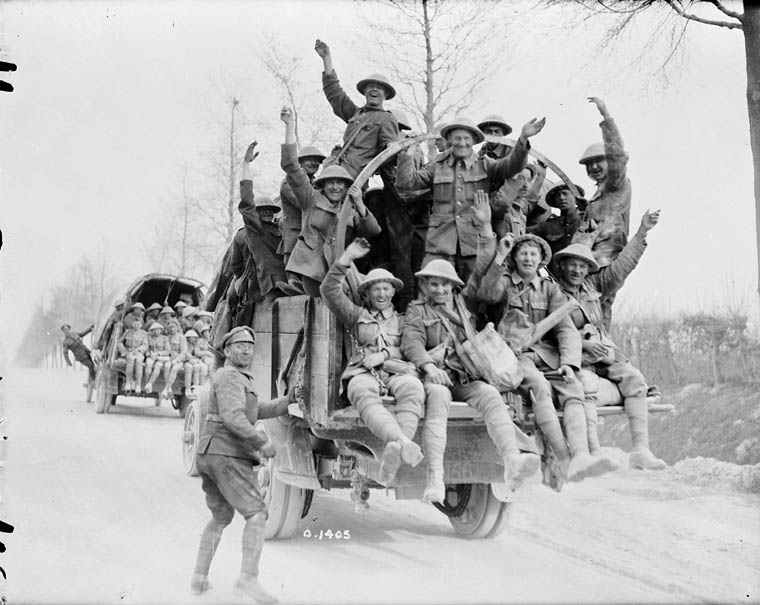
Hill 70 (August 1917)
In August of 1917, General Currie and his Canadian Corps were ordered to attack the city of Lens, France. But Currie considered it a far better strategy to capture the high ground just north of the city – Hill 70. He was correct. The hill was captured on the first day of the battle, and in the following four days, the Canadians withstood twenty-one German counter-attacks and held onto the hill. Lens itself, however, remained in German hands until their final retreat in 1918.
For more information on the South Peace region’s contributions at Hill 70, visit Forgotten Triumph: the Battle of Hill 70
Image source: Canadian War Museum
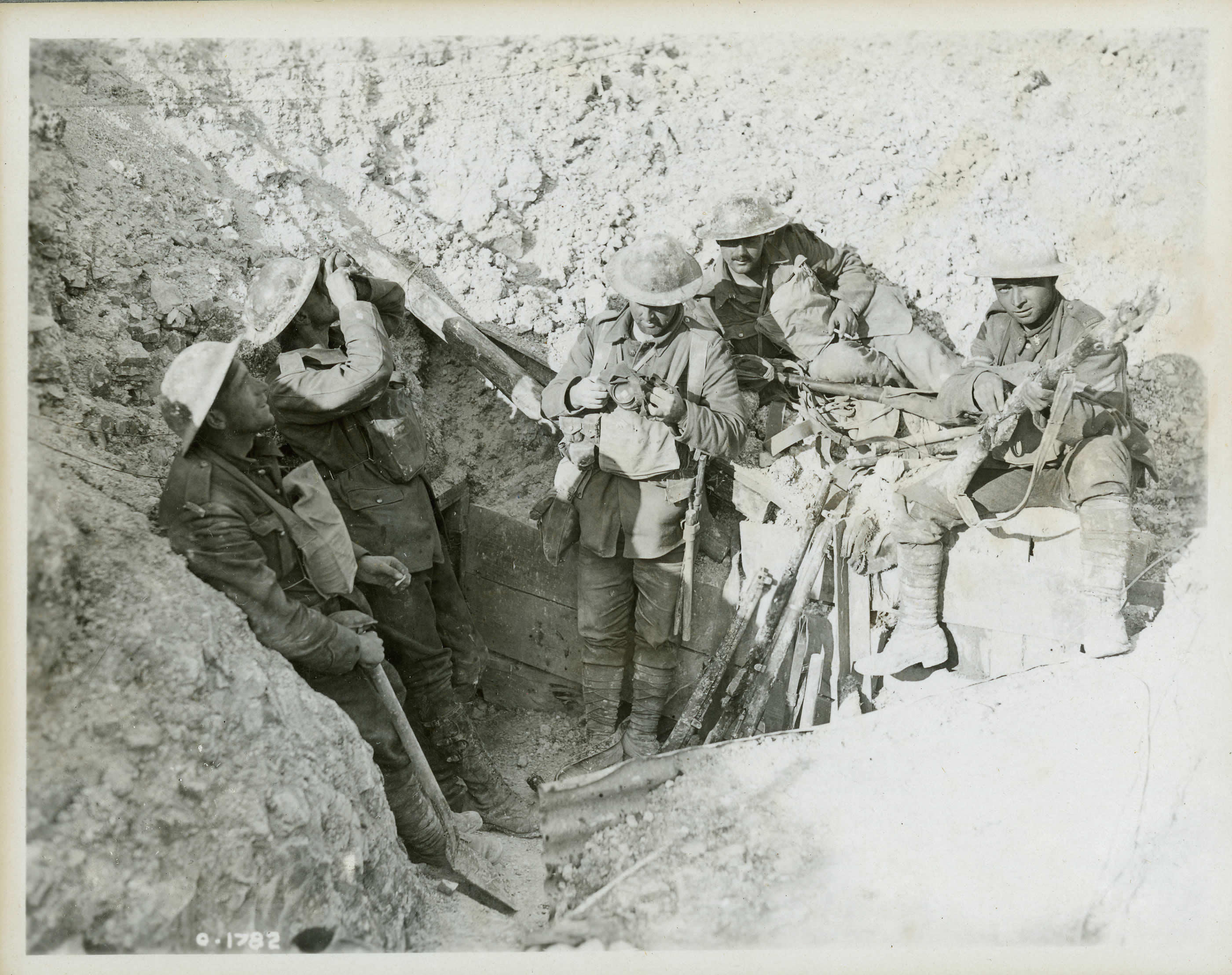
Passchendaele (October/November 1917)
Passchendaele was a horrible bog of shell holes, mud, and bodies. After months of fighting, and no success having been made, the British commander-in-chief ordered the Canadians to relieve the Australians and New Zealand troops. After careful planning, the Canadian troops attacked the ridge. The battle lasted more than two weeks and resulted in a staggering 15,654 casualties for the Canadians.
Image source: Canadian War Museum
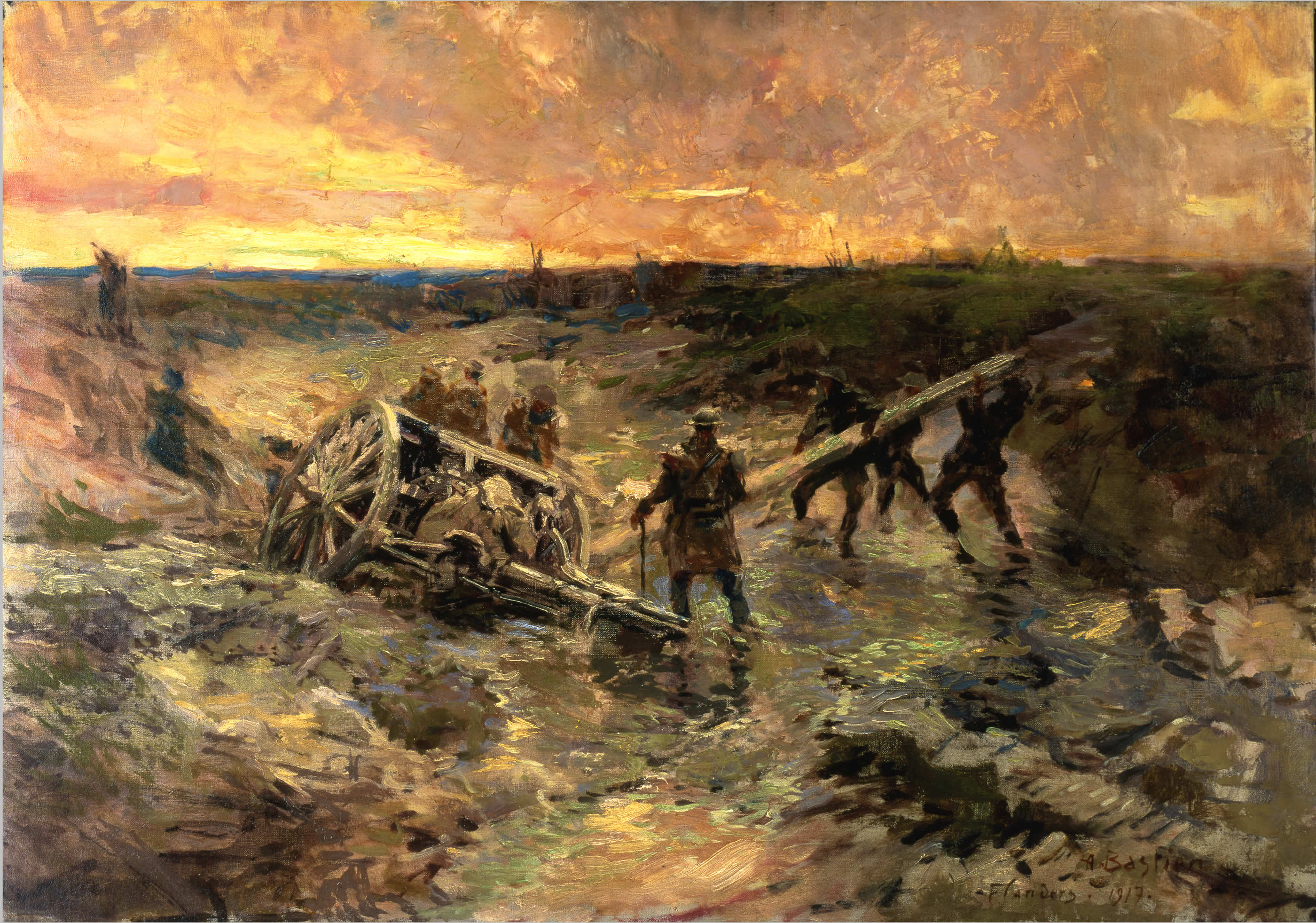
Canal du Nord (September 1918)
Construction of the Canal du Nord had begun in 1913, but was halted when the war began. During their retreat, the Germans flooded a large portion of the canal, leaving only a small dry section. But even that was a significant obstacle, with an embankment up to fifteen feet high. The Canadian Engineers spent almost a month building a bridge across the canal in preparation for the attack. The canal was captured, and the path was open for Allies to seize other strong points, sending the Germans into full retreat.
Image source: Wikipedia
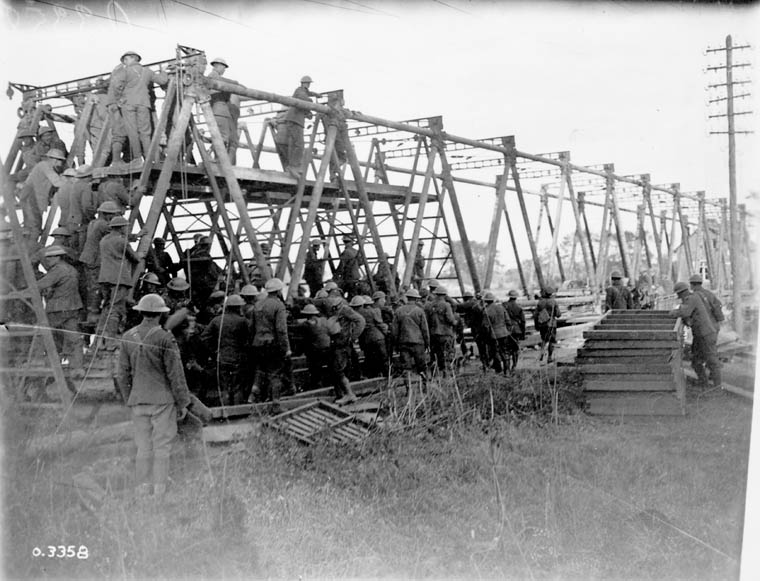
Mons (November 1918)
The day the Canadians liberated Mons also marked the end of the war. It was from this Belgian city that the British had staged a fighting retreat at the beginning of the war, and now the Canadians had the honour of taking the city back. Rumours abounded that the war was about to end, but the Canadian Corps had been ordered to attack Mons, and so they did. The troops fought their way through town – under constant machine gun fire – and when the battle finally ceased, the civilians poured out to celebrate with their liberators.
Image source: Canadian War Museum
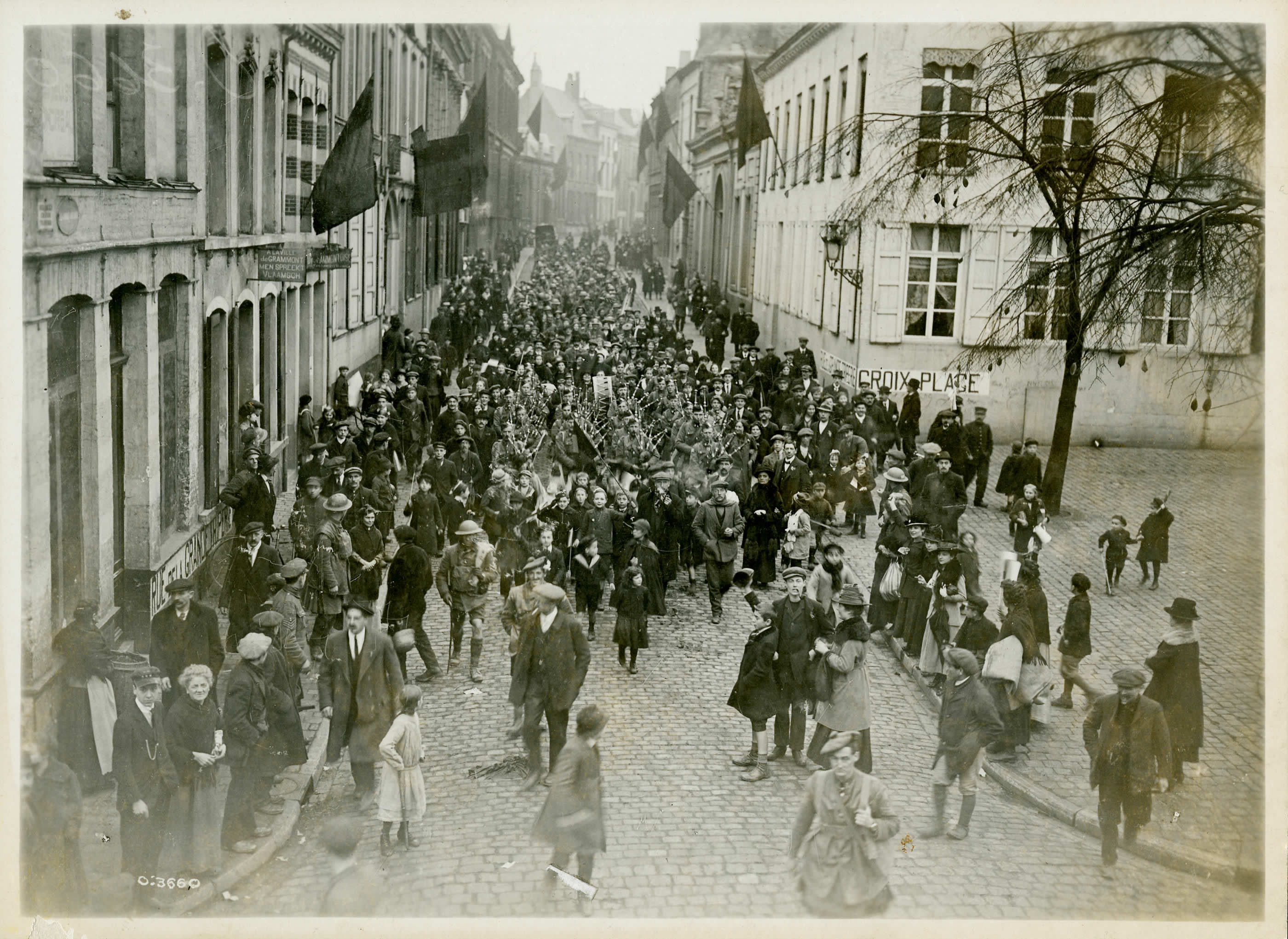
Sources:
